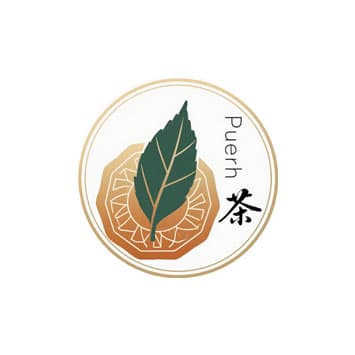Brief History of Pu’er Tea: Aged Tea to UNESCO Heritage
Pu’er tea is a renowned tea unique to Yunnan Province, with over a thousand years of history in consumption, cultivation, processing, and trade, deeply ingrained in the local multi-ethnic culture.
Pu’er tea is highly distinctive. Its name derives from its place of origin, its raw material is a unique tea plant variety, and its processing methods have been passed down through generations. These factors collectively contribute to its distinctive flavor, profound cultural value, and irreplaceable charm.

I. Ancient Origins: The Story of Pu’er Prefecture
During the Ming and Qing dynasties, Pu’er tea primarily referred to tea traded in “Pu’er Prefecture” (now Ning’er County, Yunnan Province). At that time, Pu’er Prefecture was an important hub in southern Yunnan, with tea from surrounding regions transported there for processing before being shipped to distant destinations, particularly Tibet (formerly known as Kangzang).
Some of these long-distance transported teas traveled along the ancient “Tea Horse Road,” undergoing natural changes during the journey that enhanced their quality. Locally consumed teas, however, retained their more primitive form and flavor. At the time, teas made using different processes (such as sun-dried red tea, white tea, and green tea) in various regions of Yunnan were often referred to as “Pu’er tea” due to Pu’er’s reputation.
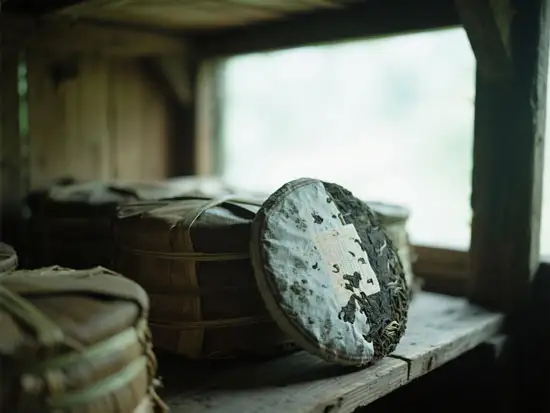
II. Process Standardization: A Gift of Time (Ming and Qing Dynasties to 1974)
From the Ming and Qing Dynasties to the early 1970s, Pu’er tea primarily referred to compressed tea made from sun-dried green tea leaves of the Yunnan large-leaf variety. During their long-distance transportation and storage to Tibet, Hong Kong, and Southeast Asia, these teas underwent slow natural fermentation, developing a unique flavor—the distinctive “aged aroma and flavor” of Pu’er tea. This process was slow, greatly influenced by the environment, and each stage produced different flavors.
Interestingly, there was a significant disparity in understanding of Pu’er tea quality between tea makers and tea drinkers. This disparity persisted until the 1970s. During this period, Yunnan also preserved various traditional tea-making methods (such as white tea, sun-dried red tea, green tea, yellow tea, and black tea). These teas had a sweet taste with mountain wildflower aromas, suitable for drinking, medicinal use, and long-term storage. The most famous was “Pu’er tribute tea.”
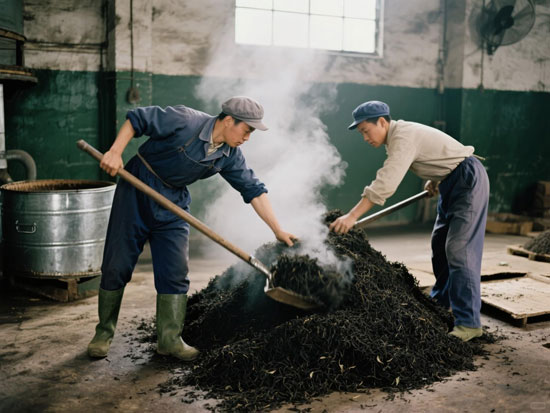
III. Modern Innovation: The Birth of Fermented Tea (Starting in 1974)
1974 marked a turning point. The Kunming Tea Factory successfully replicated the flavor of naturally aged Pu’er tea (fermented tea) from Hong Kong and Macau, developing “artificial rapid fermentation” technology. The following year, major tea factories such as Kunming, Menghai, and Xiaguan began large-scale production of this modern Pu’er ripe tea (available as loose tea and compressed tea).
From then on, the production area, raw material varieties, and core processing techniques of Pu’er tea became more clearly defined. The quality characteristics of ripe tea were also clearly described: the tea leaves are thick and tightly rolled, with a deep brown color (resembling pig liver or grayish-white); the tea soup is red, rich, and translucent, emitting a unique aged aroma, with a smooth and sweet aftertaste; the brewed tea leaves are thick and reddish-brown. At this stage, Pu’er tea continued to innovate on the basis of tradition to meet market demand.
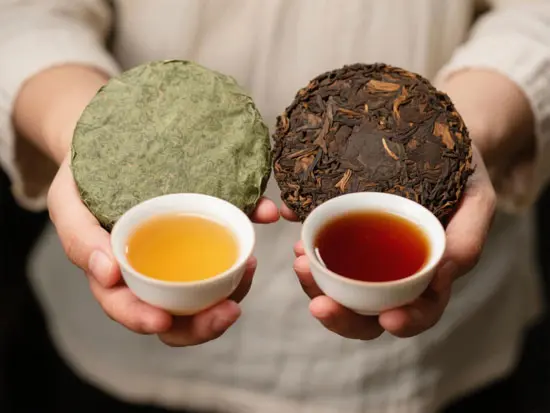
IV. National Standards: Distinction Between Raw and Fermented (2008 to Present)
The production of Pu’er tea has become increasingly standardized, evolving from enterprise standards and local standards to the establishment of national standards in 2008. The national standards clearly classify Pu’er tea into two major categories:
Pu’er fermented tea: Made from sun-dried raw tea leaves of the Yunnan large-leaf variety, it undergoes “heap fermentation” (sprinkling with water followed by a period of covering) to achieve rapid fermentation and maturation. It has a dark brown appearance, a red, rich, and bright tea soup, a unique aged aroma, and a mellow and sweet taste.
Raw Pu’er Tea: Made from fresh leaves of the Yunnan large-leaf variety, it undergoes killing green, rolling, sun-drying, and then steaming and pressing into compressed tea. New tea has a dark green color, a fresh aroma, a strong and sweet taste, and a green-yellow tea soup. When stored under appropriate conditions for many years (5–10 years or more), it undergoes slow transformation (“ripening”): the color turns brownish-red, the aroma becomes aged, the taste becomes mellow and smooth, the tea liquor turns orange-red and bright, and the leaf base changes from yellow-green to brownish-red. Menghai Dayi Tea is a representative of raw tea.
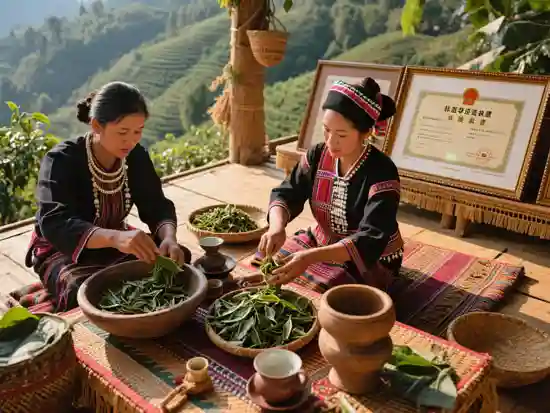
V. Going Global: The Glory of Intangible Cultural Heritage (2022)
In November 2022, “Traditional Chinese Tea-Making Techniques and Related Customs” was included in the UNESCO Representative List of the Intangible Cultural Heritage of Humanity. This project encompasses 44 national-level intangible cultural heritage techniques in China, with six from Yunnan:
5 tea-making techniques: Fengqing Dianhong Tea, Mangshi Deang Ethnic Group Sour Tea, Dali Xiaguan Tuocha, Ning’er Gongcha Technique, and Menghai Dayi Tea Making Technique.
1 tea custom: Bai Ethnic Group Three-Course Tea.
The inclusion of Yunnan tea in the UNESCO Intangible Cultural Heritage List is cause for celebration. What is even more noteworthy is that the Pu’er tea-making technique and De’ang ethnic group sour tea technique were selected as independent “traditional tea-making techniques,” rather than being simply categorized under “black tea” or “green tea.” Similarly, the representative techniques of oolong tea (such as Anxi Tieguanyin, Zhangping Shuixian, and Wuyi Yancha Da Hongpao) are also listed separately, rather than being broadly categorized as “qingcha.”
This more accurately reflects the spirit of “harmony in diversity” in Chinese tea culture. Pu’er tea is a prime example of this. From the establishment of the national standard in 2008 to its inclusion in the Intangible Cultural Heritage list in 2022, it has consistently adhered to: safeguarding the most core ecological raw materials and traditional craftsmanship while embracing innovation. Regardless of how times change, the spirit of Pu’er tea—dedication, openness, and inclusivity—has remained unchanged, and its important status in Yunnan’s tea industry has remained consistent. It continues on its journey toward the world.
